
Salty Sam’s Fun Blog for Children
Number 344
The History of Washing Clothes
Hello Everyone

Emily loves to help her mum peg her washing out in the garden and she loves to help Auntie Alice peg her washing out too.
Sometimes, Emily strings washing lines between some trees at the back of the lawn in Auntie Alice’s garden and hangs blankets over them so that she can make herself a little den.
She takes some of her dolls in there and sets up house.
She invites the boys in for tea at about 4.30.
Auntie Alice provides the cup cakes.
Did you know that at the beginning of the last century, girls were actually expected to stay off school on Mondays to help with the laundry?
They did not have the machines we have today to help them.
Hot water had to be boiled up over a stove in a metal boiler or what was called a ‘copper’ and washing was put into big tubs and agitated by a long pole with spokes at the end – they looked like chubby fingers. They were called washing dollies. The tubs were called dolly tubs.
The women also used things called washboards. They were metal or glass scrubbing boards.
ln rural areas, pots of water could be heated up over fires.
This was all hard, physical work.
Monday was always wash day.
But the only things that were washed were the household linens like table cloths and sheets and underwear.
Dresses were not washed; the bottoms were just brushed off. The dresses were so long that they dragged along the pavements, and still they were not put in the wash.
Washing yourself and your things is really quite a modern phenomenon.
Your mum probably even puts your teddies in the wash sometimes.
Famously, Elizabeth l of England (died 1603) and Louis XlV of France (died 1715) only washed several times in their lives.
Washing, in those days, was thought to be unhealthy. Once you were damp and chilled, all sorts of maladies (ill health and bad conditions) could enter your body, they thought; so they didn’t want to risk it.
Washing machines are quite a modern invention. ln Victorian times, washing would have been done in the back kitchen or outside in the yard, but before that it was done down by the river!
There are two things you need to get clothes clean: detergent and agitation – using hot water helps too sometimes. You will notice how a modern washing machine asks you to select a water temperature before it starts a wash cycle.
Some stains, like blood, come out better in cold water.
Clothes washed in the river were pounded on rocks, rubbed with sand and beaten with wooden tools called washing bats.
Poor people wore the same clothes day after day and very often handed them down to others if they were still serviceable. Women who worked in agriculture often had a lot of tasks to perform every day, looking after the animals and crops, and there wasn’t much time to spend on doing laundry.
Fragrant flowers and herbs were employed in houses and on people to keep the worst of the smells at bay.
Ancient Egyptians used a naturally occurring mixture of sodium salts to wash their clothes and then dried them in the sunshine.
The ‘fullers’ of Ancient Rome would collect urine from the public, heat it with water and used the mixture to soak the clothes they took in to be washed. Then men would step into the tubs and stomp around on the fabric before it was rinsed, wrung and left to dry.
Sailors would put their washing in a bag and drag it behind the ship in the water. That was an easy way to do it!
The mediaeval Dutch washed their clothes in lye and sour milk to get them really white. Lye is made by soaking the ashes of a wood fire in water.
Most things that were washed like sheets, cloths, shirts, baby clothes and undergarments were white.
For hundreds of years after that, doing the ‘Great Wash’ was a domestic event done every few months in large houses. lf you were rich, you had money to buy a huge store of garments and household articles. Fine accessories like lace collars and cuffs were laundered separately.
lt was a big job and extra staff were brought in to help. A washerwoman would come into the house especially and help with the physical work.
Urine and lye was still being used for pre-wash stain removal and then the clothes were soaped and beaten. Soap was made from animal fats. lt was made as big blocks; it wasn’t powder like it is today. Vegetable oils or animal fats were sometimes added to make clothes less scratchy on the skin but of course it made them oilier too.
Towns, large houses, and textile weavers had an area of mown grass set aside as a bleaching ground or ‘drying green’, where household linens and clothing could be spread on grass in the daylight. Laundry for the big houses in London was sometimes done in nearby villages where there was much more space in the close-by fields to lay out all of the washing.
Sometimes hedges were used – clothes pegs don’t seem to have been around much before the 1700s.
Otherwise, large wooden frames and ropes were set up inside houses when the weather did not allow people to dry clothes outside.
Poor people still didn’t worry too much about washing their clothes.
Mangles were used from the 1600s. These are great gadgets for squashing water out of fabric and pressing it too.
Domestic life changed a lot in the 1800s. Chemists began selling lots of different soaps and starches to help with washing clothes and laundry was done once a week instead of every few months. By the end of the century, washing soda was available to even people who were not wealthy.
The wealthy would still employ others to do their washing, and women who did not go out to work could take in washing to earn extra money.
ln 1787, Edward Beetham’s washing mill got much attention as it pressed linens dry rather than wringing them.
The earliest motorised washing machines were in use by the mid 1800s and the first electric machines were invented in the 1920s. You had to put the clothes into a tub which agitated the clothes and then you had to put the clothes into a spin-dryer by use of some tongs because the clothes were a bit too hot to touch with your hands.
ln 1937, the first automatic, electric washing machine was invented. lt washed, drained, rinsed and spun the clothes in the same drum and all the actions were programmed into the machine.
Top loaders are now more popular in America and Australia, but front loaders in Britain and Europe because they are thought to be more efficient.
Automatic clothes dryers were invented soon after that. But some items shouldn’t be put in a drier and some people still like their clothes to be sun-dried.
Synthetic detergents were widely available from 1916 when there was a shortage of materials traditionally used to make soap. They have been developed ever since.
You may well have you favourite smell of fabric conditioner yourself.
Of course, ironing is an important part of doing the laundry as well. Hundreds of years ago, fabric was pressed by using hot metal in China and by stones, glass and wood in Europe.
ln mediaeval times, people started using rollers, frames and presses. Flat irons too were made by black smiths. lrons were heated up by being placed by the fire in the kitchen before they became electric.
lrons, in the early 1900s, were plugged into a light – you had to remove the bulb before you could do the ironing.
Some people today have gone back to using presses. This time they are electric and can get the ironing done so much more quickly than a hand-held iron.
And all through history, you will notice, washing clothes has almost always been viewed as ‘women’s work’.
Washing clothes in the river is still the normal way of doing laundry in many parts of the developing world. While in the developed world the emphasis on trying to keep laundry as ‘green’ as possible with washing machines managing to do laundry with less water than they have used in the past.
ln Japan, they often have bars in their back yards instead of lines. Clothes are put on clothes hangers and they are hung on the rails to dry out in the breeze instead of being pegged onto a line.
ln some communities in America you are not allowed to dry your clothes outside.
ln some apartment block in America there are communal laundry rooms like the early settlers had communal drying fields.
ln Britain, launderettes provide huge machines for people to do large amounts of washing and maybe big things like duvets. These can be open all night so that you can do your washing at three o’clock in the morning if you want to.
These places often take in dry cleaning as well, for clothes like suits and coats that should not be washed, but now it is even possible to dry clean clothes at home too.
As the autumn approaches, Auntie Alice won’t have as many days to put her washing out.
The children won’t be able to play in the garden every weekend either.
Never mind, there is always something interesting to do in Rocky Bay.
Bye bye everyone – don’t forget to subscribe to my blog!
lf you like my blog, please support it by telling all your friends and followers about it.
Thank you!
And see you again next Fun Friday!
Love and kisses
Salty Sam

www.christina-sinclair.com


Bill and Bob’s Joke of the Week![]()
![]()
Bob: Did you hear about the scruffy tramp?
Bill: No?
Bob: He was so scruffy that the moths in his clothing applied for a home improvement grant!

Salty Sam © Christina Sinclair 2015
Unauthorized use and/or duplication of material from this blog without express and written permission from this blog’s author and owner is strictly prohibited.
Links may be used to www.christina-sinclair.com

Picture Gallery
 Using a washboard
Using a washboard
 A dolly tub in the back yard
A dolly tub in the back yard
(Museumwales.ac.uk)
 Using a mangle
Using a mangle
 Early washing machines
Early washing machines

(slideshare.net)
 Peru
Peru
 Vintage flat iron
Vintage flat iron
 Flat iron
Flat iron


 THE SALTY SAM NEWS DESK
THE SALTY SAM NEWS DESK

The church in Rocky Bay started a new project this year.
You may have heard of this kind of thing before. You may even participate in a similar scheme yourself.
They are packing shoe boxes up with toys, sweets and toiletries to be given as Christmas presents to children abroad who could do with a special treat.
Each box has a label at the end saying ‘boy’ or ‘girl’ and specifying an age group – well an age range really.
Then a lorry will take the presents overseas and distribute them to orphanages and the like.
Auntie Alice volunteered to pack the boxes and label them. Betty Clutterbuck is going to help her when she has the time.
The children have gone back to school now and the tourists are disappearing rapidly from Rocky Bay.
Auntie Alice won’t be doing so much child-sitting and will have more time for other things.
The job the two ladies have agreed to do, is to share evenly amongst all the boxes, all the things that people donate to the scheme.
The Rocky Bay Shoe Shop and the Rocky Bay Department Store contributed boxes to pack all the presents in. This was an enormous help and got the ball rolling.
They had a lot of boxes to give because people who buy shoes do not always want to take the boxes home with them – especially if they have a shoe rack in their wardrobe.
The shops were actually quite pleased to be able to tidy up their storerooms to be honest.

The Rocky Bay Supermarket contributed a pile of toothbrushes, flannels and soap. This was really nice of them.
The Rocky Bay Department store gave us some cuddly toys but lots of people went in and bought lots more to contribute. I think for orphans, something to cuddle will be their favourite toy!
I know they also really appreciate school equipment because education is so important to them. If they live in poor circumstances, it will be their ambition to make a better life for themselves in the future. This will be done by getting an education.
Then Auntie Alice started a knitting circle in the village hall and lots of ladies started to meet up once a week to knit and sew and crochet.

The news about what they were doing soon spread, and anyone who had some oddments of yarn, contributed them to the cause even if they didn’t want to join Auntie Alice’s knitter-natter circle.
Some ladies could only make crocheted blankets so Auntie Alice started putting them in a really big box that was separate from the shoe boxes.
She labelled this box ‘babies’ and put all the little blankets and baby clothes that people knitted and crocheted in there and kept all the toys and sweets in another box to be put in shoe boxes later.
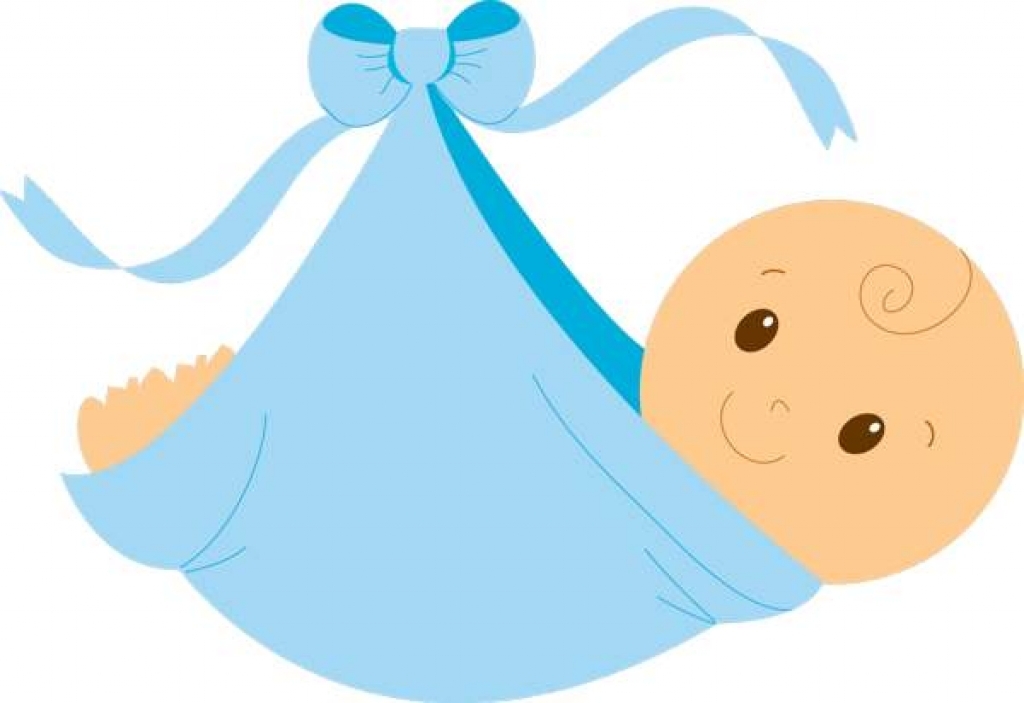
Do you know what? She is now filling up the second big box of baby things and the third box of children’s things and it is only the middle of September!
The ladies have been very busy.
They have made toys for the smaller children and hats and gloves for all ages of children. They don’t want the older children to be forgotten, the eldest ones are fourteen or maybe more, so they might not want toys but they will still be happy to get presents.
We have a new vicar in Rocky Bay, Reverend Green, and he said that he would lock all the gifts up safely in the vicarage for the meantime.
He bought the group some bags of stuffing – because he couldn’t help with the knitting, he said. The ladies were really grateful for the stuffing – it soon gets used up when you are knitting lots of toys!
The knitters made lots of finger puppets too.

Some made little dresses out of pillow cases; some made shoe bags with draw-string tops.
Some ladies acquired some little plastic containers and packed up sewing kits into them so that the older girls could do their own sewing!
They used those boxes you get soft cheese or margarine in, put a label on the top and wrote on it ‘Happy sewing – love from _ _ _ _ _’. This made the gift more personal.
They put a little pair of scissors in the box along with some reels of thread, pins, needles, a tape measure and a little stitch ripper.
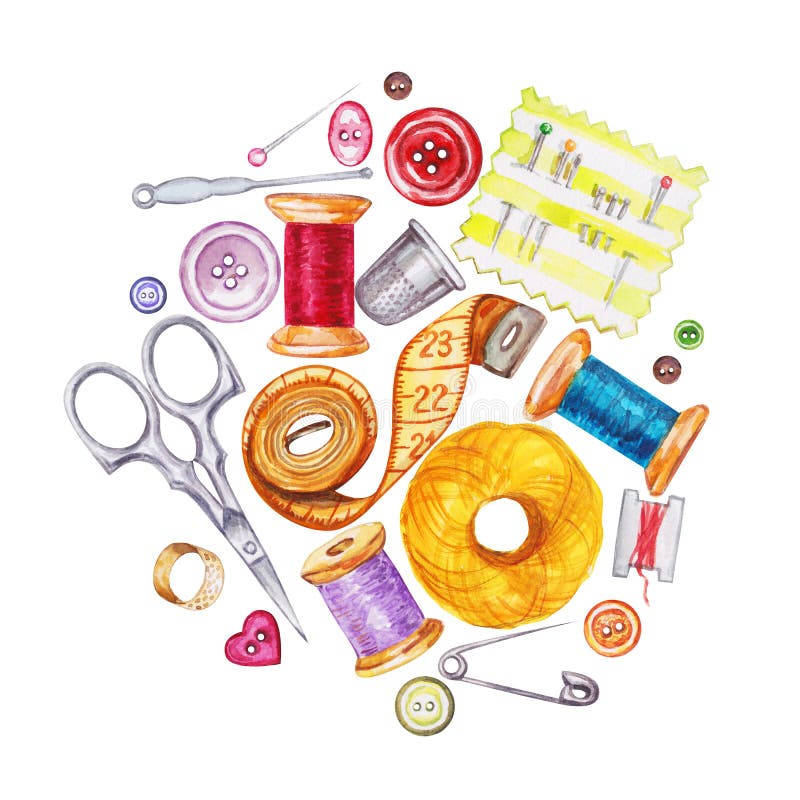
The vicar said that he would have all the ladies in the knitting circle in his comfortable living room if he could, but there are too many of them to fit in!
They sit in little groups in the hall and chat away and have a good laugh – it gets quite rowdy in there. Nobody need get lonely in Rocky Bay!
The first thing Auntie Alice knitted was something for herself though.
She couldn’t find her scissors case anywhere. She didn’t want a pair of scissors loose in her bag when she went down to the village hall and so she quickly knitted a case to take.
She needed to be fully kitted out to get started!
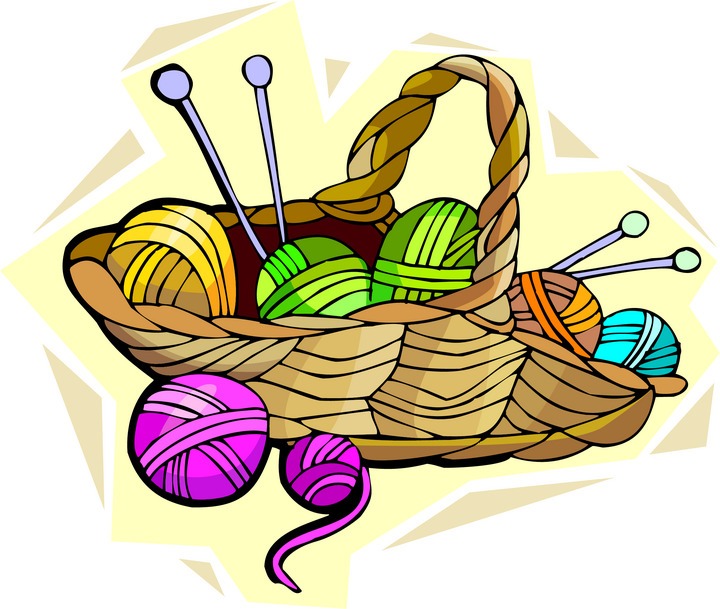
The lorry will be going off at the end of November and there will certainly be lots of packed shoe boxes to take.
I think there will be even more boxes to take next year because people will be collecting things and making things throughout the year with this scheme in mind.
It is a good thing that the vicar has got two large spare bedrooms to store everything in!
If you want to pack some shoe boxes for orphans, check with the organization you will send the boxes off with what they will and won’t take before you start collecting items.
Just a small box of gifts can show a child who has no family that they are being thought of by someone and it can matter enormously to them if their life seems otherwise very bleak. They will remember it for the rest of their life.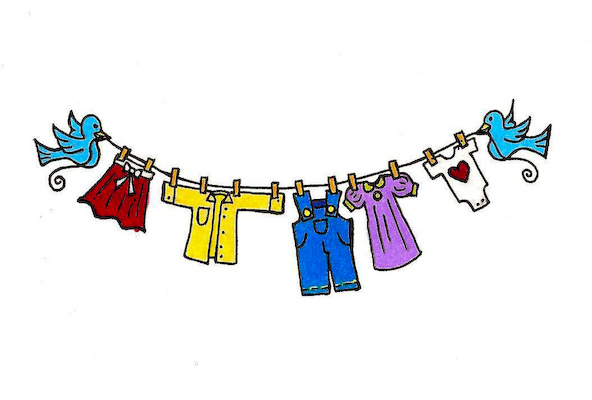
NEWSDESK MINIMAKE
KNITTED SCISSORS CASE
This case fits a pair of scissors 14cm/5½ inches long and 6½cm/2½ inches wide
KNITTED FISHTAIL SCISSORS CASE (KNIT TWO)
Using 4mm knitting needles and red dk yarn cast on 17 stitches
Knit 20 rows in garter stitch
Continue knitting in stocking stitch as follows:-
Decrease 1 stitch at the beginning of the next 2 rows
Knit 2 rows of stocking stitch
Repeat the last 4 rows 5 times
(24 rows, 5 sts)
Knit 4 rows of garter stitch
Cast off
TO MAKE UP
Using over-sew stitching, sew side seams with right sides together
Turn the case right sides out
Sew along the bottom (wrong sides together)
Crochet 50 chains into a length of white yarn
Poke the ends through one side only and use this cord to tie the scissors into the case

Tie the scissors into the case

The back of the case

Make sure that you sew the case up tightly along the bottom of the case
to keep the points of the scissors from poking through the knitting

*********************
TO ADVERTISE ON THIS BLOG
PLEASE CONTACT:
christina.sinclair.ads@aol.co.uk
*********************


Quick Quiz
Can you add words to ‘water’ to make new words?
- Picks up energy to power a millstone
- Drop in a river
- A building used to make flour
- You take it to school so you will have a drink with you
- Has a very wobbly mattress
- A dark salad crop with small leaves
- Can be seen in writing paper or bank notes when held up to the light
- A game that can be played in a swimming pool
- A quality that will protect an object from water penetration
- A water treatment plant
- Another name for a toilet/lavatory
- High ground from which rivers travel downwards
- A stream or channel of water travelling across a landscape
- A kind of paint that artists use
- A person who works on the river
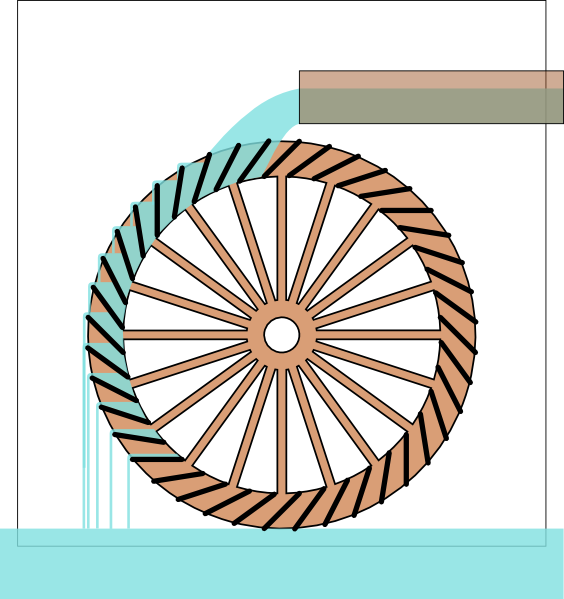



lt’s the Weekend!

HOW TO MAKE LlTTLE PlXlE HATS
These little pixie hats can be hung on your Christmas tree or worn by some of the little toys you have made from patterns on this blog, if they are in a Christmassy mood.

LITTLE PIXIE HATS (KNIT TWO)
Using 4mm knitting needles and white dk yarn cast on 13 stitches
Knit 2 rows of garter stitch
Change to red dk yarn
Knit 1 row
Continue knitting in stocking stitch decreasing 1 stitch at the beginning of each row until 2 stitches remain
Knit 2 together
Cast off

TO MAKE UP
- Sew up the sides seams with right sides together using over-sew stitching (using white or red yarn accordingly)
- Turn the hat the right way out
- Sew 2 bullion stitches into the top of the hat using white yarn by wrapping the yarn 10 times around the needle (A bullion stitch is like a long French knot)
- Then sew over the two stitches and through the hole so that you create a little bobble on top of the hat
- Otherwise you can sew a tiny bobble on that you have bought
- Sew a length of thread onto the top of the hat if you want to hang it on a tree

Please note that the material on this blog is for personal use and for use in classrooms only.
It is a copyright infringement and, therefore, illegal under international law to sell items made with these patterns.
Use of the toys and projects is at your own risk.
©Christina Sinclair Designs 2015


Quick Quiz Answers
- Picks up energy to power a millstone – a waterwheel
- Drop in a river – a waterfall
- A building by the river used to make flour – a watermill
- You take it to school so you will have a drink with you – a water bottle
- lt has a very wobbly mattress – a waterbed
- A dark salad crop with small leaves – watercress
- Can be seen in writing paper or bank notes when held up to the light – a watermark
- A game that can be played in a swimming pool – water polo
- A quality that will protect an object from water penetration – waterproof
- A water treatment plant – a waterworks
- Another name for a toilet/lavatory – a water closet (WC)
- High ground from which rivers travel downwards – a watershed
- A stream or channel of water travelling across a landscape – a water course
- A kind of paint that artists use – water colour
- A person who works on the river – a waterman

Water colour paint



